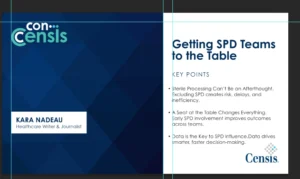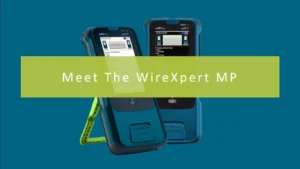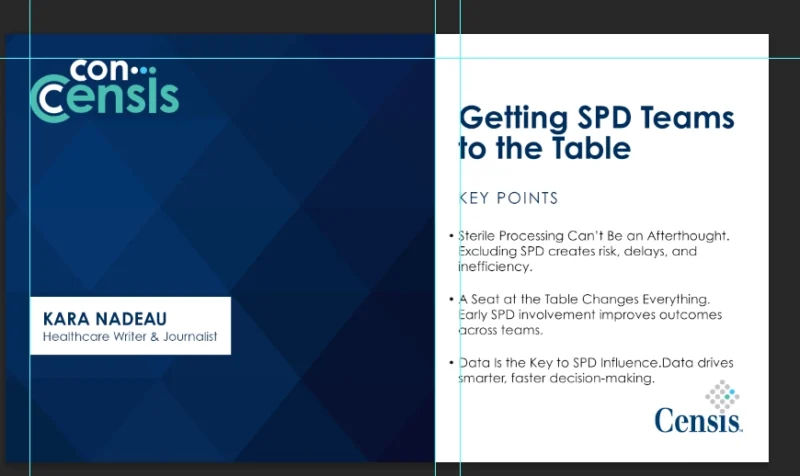Medical emergencies can and do happen at physicians’ offices. Though you can’t prepare for every emergency, here are five common emergencies you can be ready to address.
The American Academy of Family Physicians (AAFP) says the most common emergencies at medical practices are: asthma attacks, seizures, anaphylaxis, cardiac arrest, and hypoglycemia. A study1 of rural physician’s offices showed an average of eight emergencies per year. More than 95% of those physicians said they had experienced at least one emergency in the past 12 months. Another study2 found that 62% of family medicine and child care offices had at least one patient require immediate emergency care each week.
These studies show that many offices were not prepared to handle medical emergencies. Offices relied on being close to a hospital, or having access to 911, instead of being prepared to provide emergency care in their office. While hospital proximity and 911 response are helpful components of the chain of survival, every second counts in an emergency. Physician practices should be prepared to provide immediate response, says Banyan Medical Advisory Board Member Dr. Arthur Pancioli, medical professor and emergency physician at the University of Cincinnati.
Be Prepared For 5 Common Medical Emergencies
1. Asthma Attacks
Asthmatic patients are usually prepared to handle their own respiratory emergencies, but sometimes a patient’s inhaler is forgotten, expired, or depleted. Your office should have a bronchial dilator, such as an Albuterol inhaler, to quickly open a patient’s airway in the event of an attack.
2. Seizures
Not all seizures require intervention, and most will progress through tonic/clonic into post-ictal and then recovery. There are cases, such as status epilepticus, where a benzodiazepine intervention is appropriate as it is the fastest way to end a seizure. High-flow oxygen should also be administered after the tonic/clonic phase to expedite recovery.
3. Anaphylaxis
Patients may not always be aware they have allergies or may have reactions to vaccinations or medications. Even a minor allergic reaction can sometimes become severe. Epinephrine auto-injectors are a commonly used response to anaphylactic shock. They are simple to use, easily storable, and deliver a quick dose of epinephrine to patients going into anaphylactic shock.
4. Cardiac Arrest
Cardiac arrest can have multiple causes and can happen to anyone at any time. Thus, it’s critical to respond immediately before the aid team arrives. It is important to have an Automated External Defibrillator (AED) and be trained in its use.
5. Hypoglycemia
Most diabetic patients self-manage their blood sugars, but in certain circumstances they may be unable to. In a physician’s office, the most effective course of treatment is a fast-acting source of glucose, such as Insta-Glucose, to quickly raise a dangerously low blood-sugar level.
Emergency Medical Kits
Every physician office should have an emergency medical kit. Keep these general guidelines in mind when determining your needs:
LOCATION AND ACCESS
For general practices located near medical complexes and emergency response teams, a Basic Life Support (BLS) kit may fulfill your needs. Practices with less access to a hospital or emergency services should be prepared to offer Advanced Cardiac Life Support (ACLS).
PATIENT TYPE
Consider what emergencies you are most likely to encounter based on your patients. For example, pediatric offices should have specific medications and pediatric-sized airways and needles/syringes to help ensure the right amount of medication can be quickly administered. Every emergency medical kit should have a few essentials for airway management, seizures, allergic reactions, cardiac arrest, and hypoglycemia. Practices that see cardiac patients should have a kit that supports ACLS.
MAINTENANCE AND TRAINING
Kits contain dated medication and devices, so they must be regularly maintained. Emergency response training of the staff, ideally BLS and/or ACLS, is also essential for successful emergency treatment.
Banyan Emergency Medical Preparedness Solutions
Banyan offers a full medical emergency preparedness solution for all types of practices, including emergency medical kits with automatic replenishment. Find the right STAT KIT® on this comparison chart.
The OnTraq automated replenishment program tracks the expiration dates of emergency medications and supplies in your emergency medical kit or crash cart and prompts replacement shipments prior to their expiration. This free service (you pay only for the refills) helps you maximize shelf life through just-in-time management of your medications and supplies that have an expiry date.
1 Johnston CL, Coulthard MG, Schluter PJ, Dick ML. Medical emergencies in general practice in south-east Queensland: prevalence and practice preparedness. Med J Aust. 2001;175:99–103.
2 Fuchs S, Jaffe DM, Christoffel KK. Pediatric emergencies in office practices: prevalence and office preparedness. Pediatrics. 1989;83:931–9.
Read more at statkit.com









